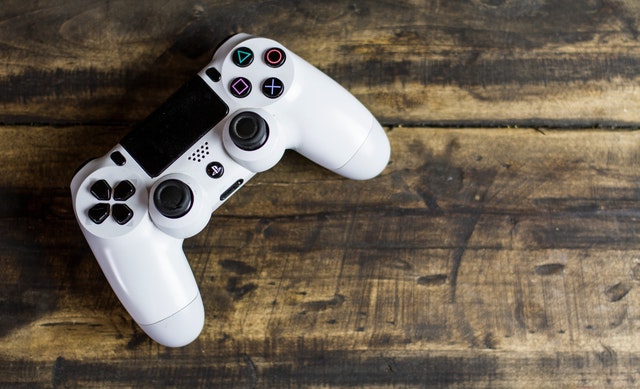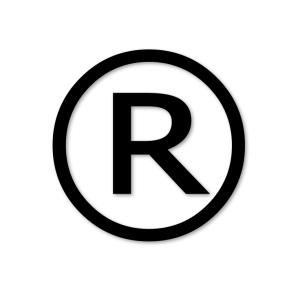On September 11 2019, Japan IP High Court decided a patent infringement case between Japanese game companies, Capcom and Koei Tecmo Games (Here is the decision).
In this case, Capcom alleges Koei Tecmo has infringed on its two patents (JP3350773 and JP3295771) in Koei Tecmo’s action games (Dynasty Warriors and Samurai Warriors) and horror game (Fatal Frame). The 773 patent covers a feature which gives users benefits (e.g. addition of characters) by inputting game data of the previous game of the series. And the 771 patent covers a feature which vibrates a game controller at a specific scene in the game.
Regarding damages, Capcom claimed the amount of damages calculated under Article 102 (3) of the Patent Act. This provision stipulates the minimum amount of damages that is equivalent to licensing fee. The damages under this provision is, as a general rule, calculated by multiplying the sales of the infringing products by a licensing royalty rate.
A lower court (Osaka District Court) ruled that:
- For the 773 patent, it should be invalidated, thus Koei Tecmo does not infringe it.
- For the 771 patent, Koei Tecmo infringes it, but considering that it is not of high importance and contribution to the sales, the royalty rate should be 0.5%, thus the damages is JPY 5.17 million (about USD 47,870).
On the other hand, IP High Court ruled as below:
- For the 773 patent, it should not be invalidated, and the royalty rate should be 3%.
- For the 771 patent, the royalty rate should be 1.5%.
The royalty rate which is set ex post facto for an infringer should be higher than normal royalty rate. Also, it should be rationally determined taking into consideration the following circumstances:
- the royalty rate set in actual license agreements for the patented invention, and if it is not available, the usual royalty rates in the industry.
- the value of the patented invention, that is, technology content and importance of the patented invention, and technology substitutability.
- Contributions to sales and profits of the products using the patented invention, and the state of infringement.
- Competitive relationship between the patent holder and the infringer, and business policy of the patent holder.
The royalty rate which was used in the patent license agreement for the subject patents is not disclosed in this proceedings, but the court found that the average royalty rate in the technical field of these patented inventions in recent years is 2.5%, according to a research report on patent royalty rate. Then, considering the above criterial, the IP High Court ruled that the royalty rate should be 3.0% for the 773 patent and 1.5% for the 771 patent, and ordered Koei Tecmo to pay JPY 144,837,710 (about USD 1.3 million).
The Japanese government has been working on improvement of the IP litigation system to respond to criticism that the amount of damages allowed in Japan is low (See “Outline of Japan’s patent and design law amendment 2019”). This decision is not made based on the recent amendment, but it is expected that courts increase the royalty rate for calculation of damages, as well as the value of Japanese patents.
Reportedly, Koei Tecmo appealed to the Supreme Court on September 24.
Thank you for reading. If you enjoyed this post, I’d appreciate it if you’d help it spread by emailing it to a friend, or sharing it on social media. Thanks!







